City 17 to city infinity.
Viktor Antonov hasn’t built a world like this before.
The games you know him for are bounded and largely linear.
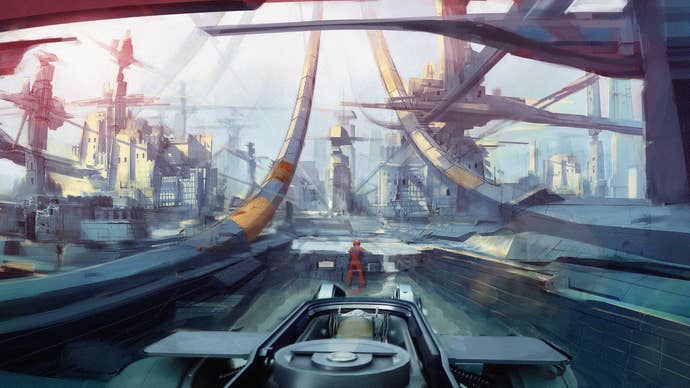
But Project C, as the game is currently codenamed, is very different.
This is the interesting problem I have to solve, to switch from architecture to a natural environment."
Antonov is speaking to me from the Paris studio of developer Darewise.
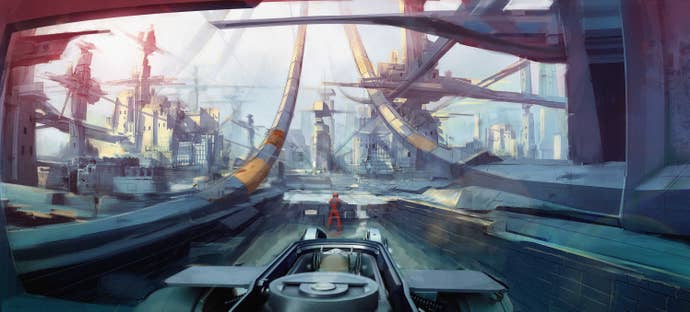
The promise is it’ll add an extra level of richness to exploration, survival, combat and building.
“It’s very obvious when you look into it.
You see microorganisms that are very crystal-like and geometrical, and they have repetitive patterns that have functions.”
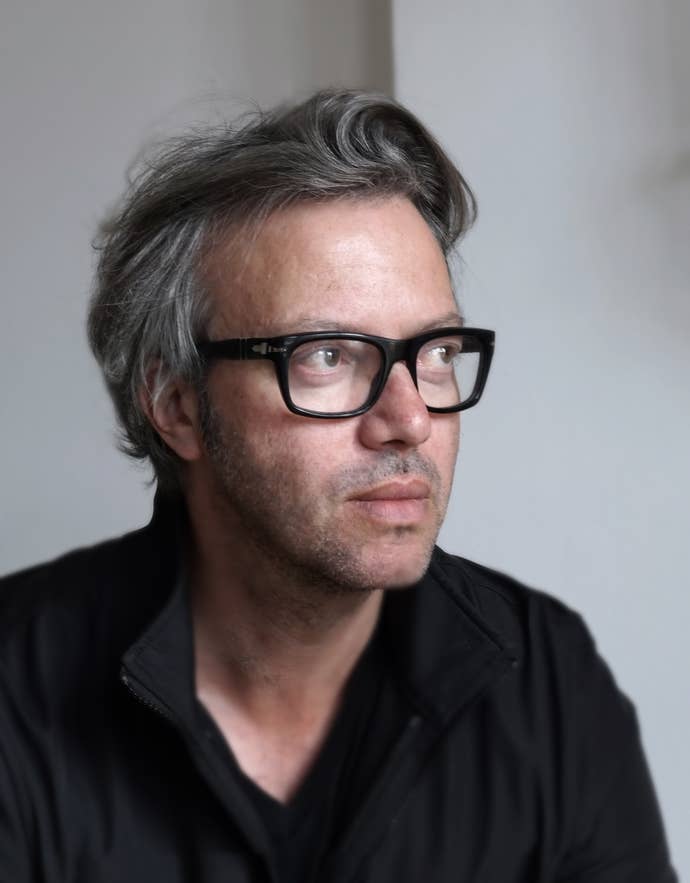
Fittingly, the planet’s backstory is it’s been transformed by bioengineering.
But though that might make this world sound rather abstract and cold, it has an earthy undertone.
“If the game is in a genre, it would be a frontier story,” says Antonov.
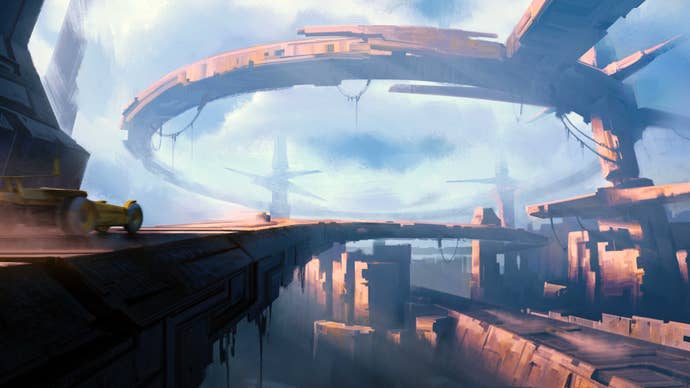
That takes us very close to the Jack London-like stories of Klondike and gold rushes."
And it also edges towards stories of conquistadors in South America, histories of exploitation and violent competition.
For Antonov, these themes heighten the power of the choices the game will give players.
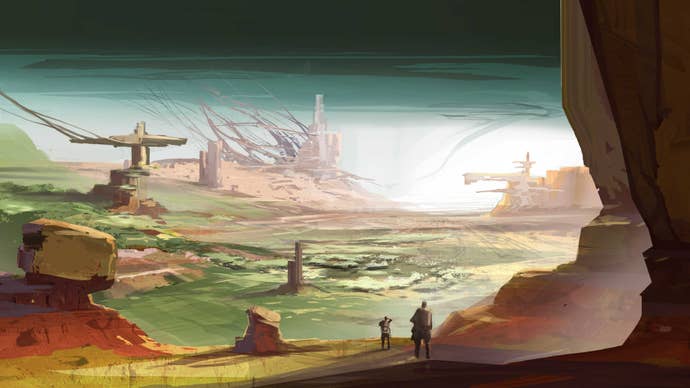
“How do I extract the gold?
Am I going to be a crook, a murderer or a businessman?”
There has to be a constant beauty."

So Project C’s biomes are instead defined by what they tell players they can do in them.
“Subtlety is not a very useful tool,” he says."
But the first biome players visit has to inspire awe and curiosity.
And it’s the one that has to work to establish the theme and tone he wants.
“And then the player moves on and into choosing their role and path.”
“This leap of faith between abstract thinking and software, that’s where we are now.”
“Having established these shape languages, the tools become majestic paintbrushes.
In fact, he’d love to return to a city like City 17.
“It doesn’t have to be Half-Life 3.
For now, though, building at the scale of a planet is enough.